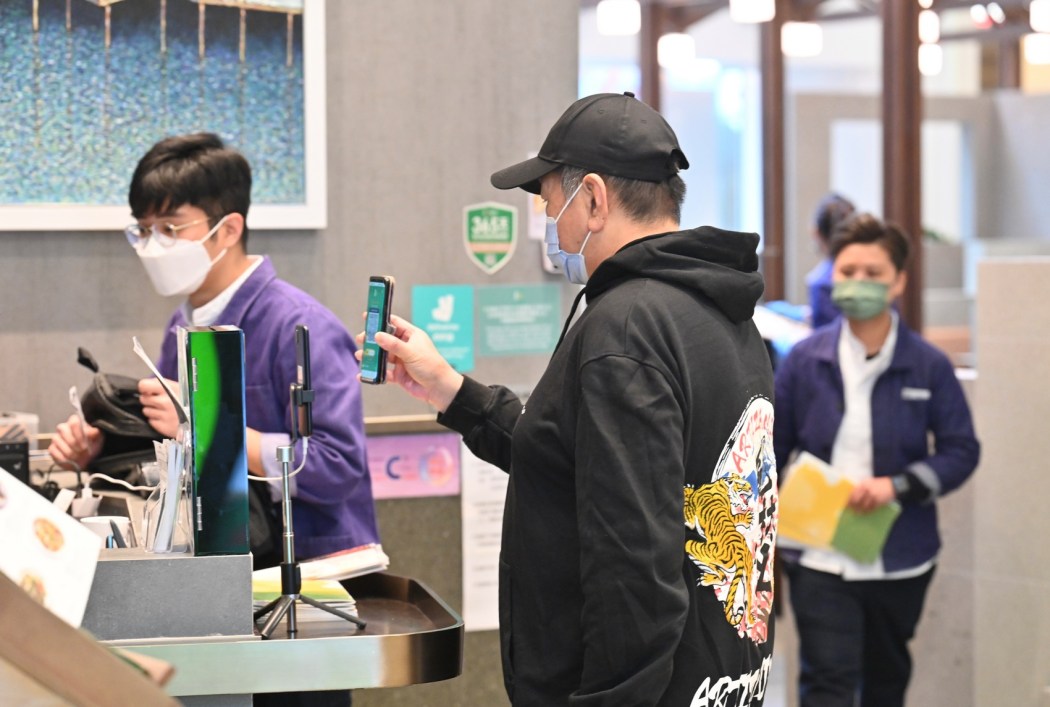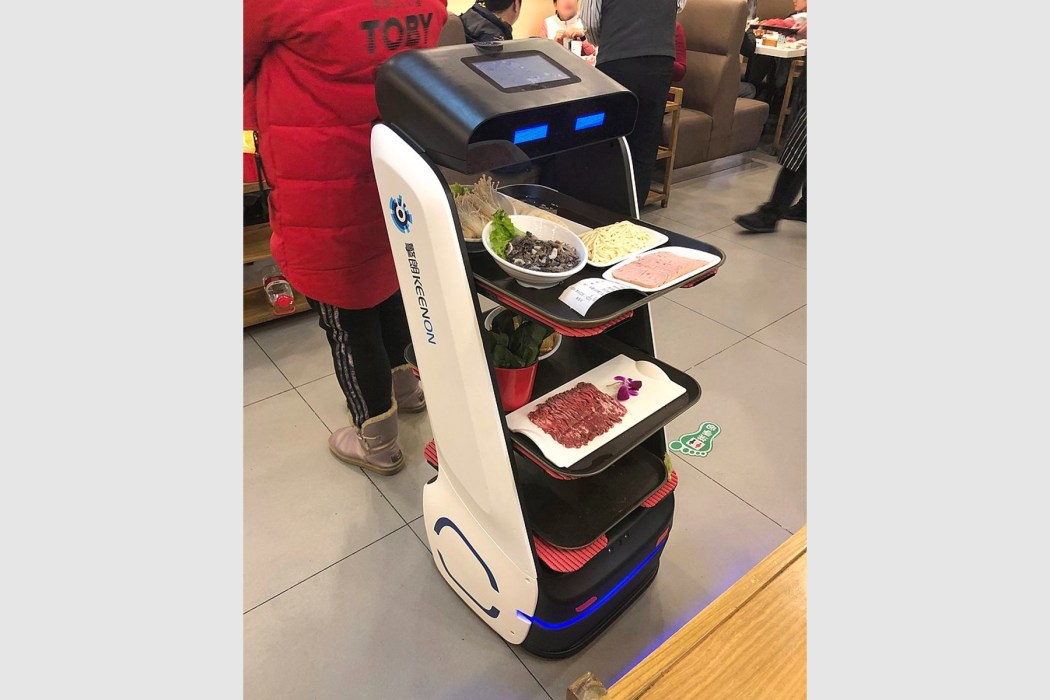Please believe me, I am not a Luddite.
True, I was watching the check-out ritual at Taste the other day, which seemed to consist of a multiplicity of cards, coupons and receipts going back and forth. And I thought, wouldn’t it be nice if there was one piece of paper which was accepted in all shops. And then I realised I was reinventing money.

But seriously, I may be old enough to remember when London telephone exchanges had names, and your school desks had a hole in it where you would keep your ink pot. But I have moved with the times.
I had a long stint on a borrowed Apple II in 1980, met my first newspaper production computer in 1982 and had my own computer at home – a real IBM – in 1984. Like everyone else I fell for the fax machine, the pager and the mobile phone as they got cheaper. I acknowledge the importance of the microchip. But there should be limits.
Lately I have noticed restaurants are dispensing with the services of the attendant who used to take your order. In one place, which I like, they have a tablet computer fixed to each table and you order through that. Some of the food arrives on a sort of conveyor belt. Japanese restaurants seem to like this sort of thing.
The Hong Kong idea, now that you can’t enter a restaurant without your phone for Covid purposes, is to have a QR code on the table with which you can get on the restaurant’s website, and the menu, with your mobile.

But, you may think, someone still has to show you to your seat and deliver your food. Not any more they don’t.
Last week I visited a restaurant which had taken automation to new heights. The entrance screening was on the “honour” system. There was the official QR code and a mobile phone (securely fixed to the furniture) to which you could show your vaccine pass and get a “ding dong” of approval.
You were then left to find your own seat which, of course, had another QR code in front of it. Your order disappeared into the system and was delivered by a mobile gadget which looked like a sophisticated variation on the Hong Kong litter bin, or – if you have a long memory – like a small Dalek with two shelves where the “exterminate” gadget used to be.
There were several of these machines floating about, politely making way for each other and stopping whenever they thought they might collide with a human. On the shelves would be your food. You were then supposed to press a little button to tell your robot to go home. I did wonder how long it would stand there if you missed this point.
We were invited to pay by phone, and that concluded our meal, consumed with no contact with a human at all. Actually this did not quite work for us, because we needed a paper receipt to qualify for free parking. But they are trying.
And the question which now arises is of course whether the depersonalised dining experience is a Good Thing.
I note with dismay that this is presumably going to destroy a large number of fairly unskilled but usefully flexible-hours jobs. No doubt the management will announce as the first robot comes in through the door that this will enable the team to provide a whole new dimension of excellent service. Do not believe this.
During my early years as a journalist the microchip was gradually taking over newspaper production. On every occasion we were told that the new technology would make lives easier and the output better. There would be later deadlines and more special editions.
This is not what happened at all. Newspaper proprietors were able to make enormous savings by sacking a lot of typesetters and compositors. The deadlines remained the same and so did the number of editions. Profits increased.
So if you are a waiter you need to face the possibility that you are going to be replaced by a wired litter bin on wheels.

From the diner’s point of view I suppose it depends. In cafeteria-style places, where you order, collect and pay at different places, there isn’t much human contact anyway. Teahouses may be reluctant to go in for service robots, if only because they will require wide aisles and step-free dining spaces.
In more up-market establishments … we shall see. In my experience a friendly and well-briefed server adds pleasure and value to the experience. This is particularly the case if you are a regular customer and your restaurant is a place where people know you by name.
I suppose it is only a matter of time before artificial intelligence advances to the point where your waiter Dalek can slide up to you and say “Hi Tim! Are you having the usual?” But it won’t be the same.
In the meantime this will undoubtedly enchant your kids, at least the first time. If you can’t find fully automated service near you, try Oliver’s in New Town Plaza Phase 3, Shatin. Don’t tell the robot I sent you. I don’t trust it.
Support HKFP | Policies & Ethics | Error/typo? | Contact Us | Newsletter | Transparency & Annual Report | Apps
Help safeguard press freedom & keep HKFP free for all readers by supporting our team
| HKFP is an impartial platform & does not necessarily share the views of opinion writers or advertisers. HKFP presents a diversity of views & regularly invites figures across the political spectrum to write for us. Press freedom is guaranteed under the Basic Law, security law, Bill of Rights and Chinese constitution. Opinion pieces aim to point out errors or defects in the government, law or policies, or aim to suggest ideas or alterations via legal means without an intention of hatred, discontent or hostility against the authorities or other communities. |

More HKFP OPINION:
HKFP has an impartial stance, transparent funding, and balanced coverage guided by an Ethics Code and Corrections Policy.
Support press freedom & help us surpass 1,000 monthly Patrons: 100% independent, governed by an ethics code & not-for-profit.










